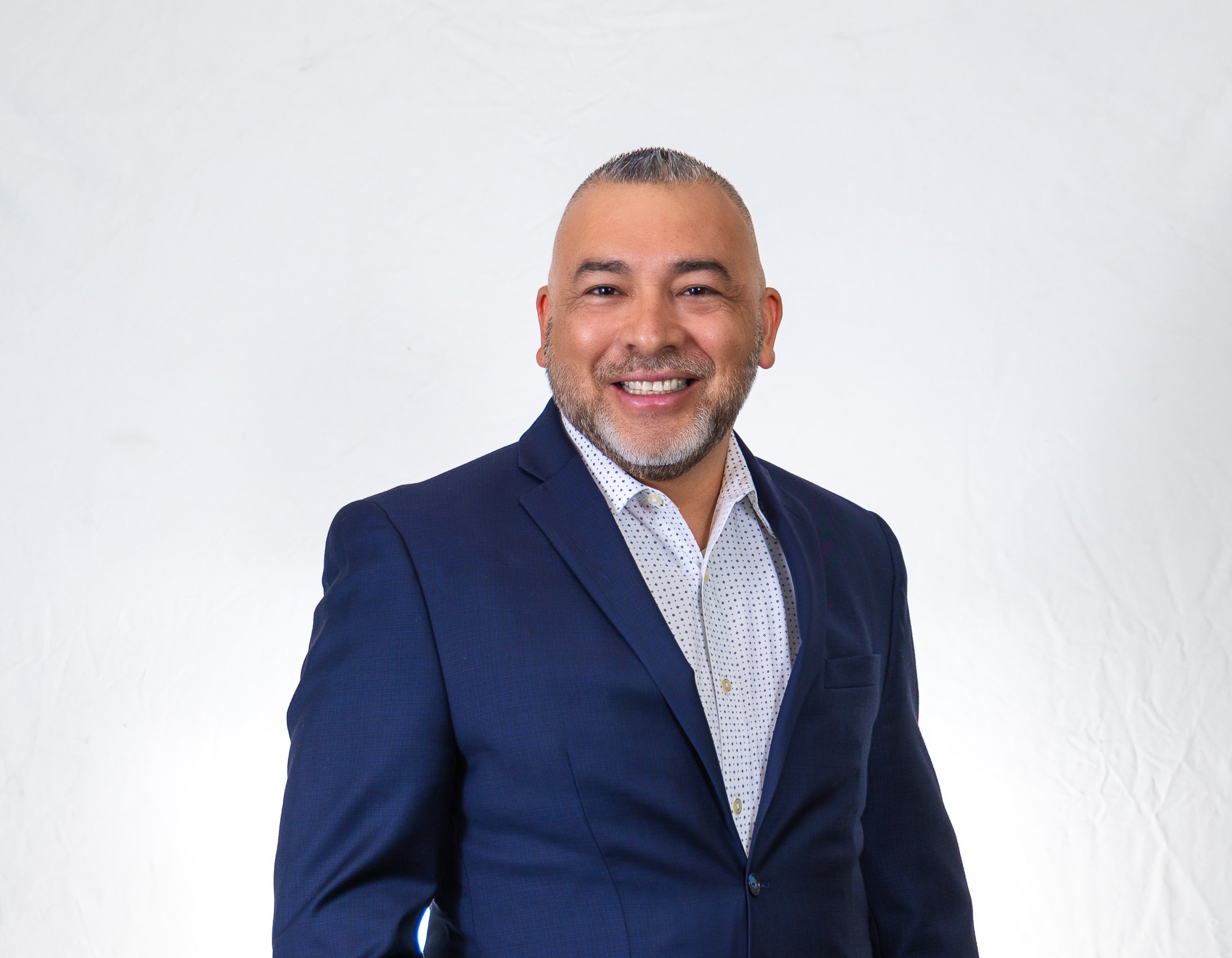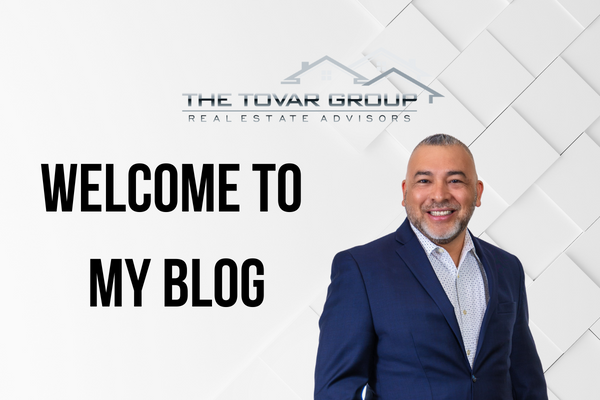What’s Your Home Worth? Are you thinking of selling your home or interested in learning about home prices in your neighborhood? I can help you. Discover Market Value
Buying a home is an exciting milestone, but it can also be overwhelming if you’re unfamiliar with the process. Understanding how the home-buying process works can help alleviate stress and ensure a smooth journey towards homeownership. Here are the key steps you need to take when buying a home.
1. Financial preparation. Before diving into the home-buying process, it’s crucial to assess your financial situation. Start by reviewing your credit score and financial documents to determine how much house you can afford. Consider factors like your income, savings, and existing debt. Getting pre-approved for a mortgage will give you a clear picture of your budget and help streamline the buying process.
2. Finding the right property. Once you’ve established your budget, it’s time to start house hunting. Work with a real estate agent who understands your preferences and priorities. They can help narrow down your search based on factors like location, size, amenities, and budget. Attend open houses, browse online listings, and explore different neighborhoods to find the perfect property.
3. Making an offer. After finding a home that meets your criteria, your agent will assist you in making an offer. This involves submitting a purchase agreement, which outlines the proposed price, contingencies, and terms of the sale. Your offer may be accepted, rejected, or countered by the seller. Negotiations may occur until both parties reach a mutually acceptable agreement.
4. Home inspection and appraisal. Upon reaching an agreement, it’s time to conduct a home inspection and appraisal. The inspection evaluates the property’s condition and identifies any potential issues or repairs needed. An appraisal ensures the home’s value aligns with the agreed-upon purchase price. Depending on the findings, negotiations may ensue for repairs or adjustments to the sale price.
5. Securing financing. With the home inspection and appraisal completed, finalize your mortgage financing. Provide the necessary documentation to your lender and proceed with the underwriting process. Once approved, you’ll receive a loan commitment letter confirming your financing and preparing for the closing.
6. Final verification of property. Or commonly known as a final walk through, this step is where you verify either with your home inspector or your agent that all repairs were done in a workmanlike manner and verify that the house is in its original condition.
7. Closing the deal. The final step in the home-buying process is the closing. This involves signing the necessary legal documents, transferring ownership, and disbursing funds. Your real estate agent will guide you through the closing process, ensuring all paperwork is in order and addressing any last-minute concerns. Once completed, you’ll receive the keys to your new home and officially become a homeowner.
Hopefully, you found these steps useful. If you have questions or want me to guide you through the process as your agent, please call or email me. I am always willing to help!
Want to work with us? Here are some ways to get involved.
-
Search the entire MLS for your Inland Empire area home. Looking for a Home in the Inland Empire Area?
-
Get our latest insights and tips to sell or buy a house. Latest Housing Market Insights
Como agente de bienes raíces, la gente me pregunta todo el tiempo: “¿Cómo empiezo con el proceso de compra de una vivienda?” Si nunca ha comprado una casa, esto puede parecer abrumador, pero no tiene por qué serlo. Hoy, comparto siete sencillos pasos que le ayudarán a conseguir la casa de sus sueños. Primero, asegúrese de trabajar con su agente y prestamista para asegurarse de su solidez financiera.
Comprar una casa es emocionante, pero también puede resultar abrumador si no está familiarizado con el proceso. Comprender cómo funciona el proceso de compra de una vivienda puede ayudar a aliviar el estrés y garantizar una jornada tranquila para ser propietario de una vivienda. Estos son los pasos clave que debe seguir al comprar una casa.
1. Preparación financiera. Antes de sumergirse en el proceso de compra de una vivienda, es fundamental evaluar su situación financiera. Comience revisando su puntaje de credito y sus documentos financieros para determinar cuánta casa puede pagar. Considere factores como sus ingresos, ahorros y deudas existentes. Obtener una aprobación previa para una hipoteca le dará una idea clara de su presupuesto y le ayudará a agilizar el proceso de compra.
2. Encontrar la propiedad adecuada. Una vez que haya establecido su presupuesto, es hora de comenzar a buscar una casa. Trabaje con un agente de bienes raíces que comprenda sus preferencias y prioridades. Pueden ayudarle a limitar su búsqueda en función de factores como la ubicación, el tamaño, las comodidades y el presupuesto. Asista a casas de venta abiertas al publico, conocidos como open houses, explore listados en línea y explore diferentes vecindarios para encontrar la propiedad perfecta.
3. Hacer una oferta. Después de encontrar una casa que cumpla con sus criterios, su agente lo ayudará a hacer una oferta. Esto implica presentar un acuerdo de compra, que describe el precio propuesto, las contingencias y los términos de la venta. El vendedor puede aceptar, rechazar o contrarrestar su oferta. Las negociaciones pueden ocurrir hasta que ambas partes lleguen a un acuerdo mutuamente aceptable.
4. Inspección y evaluacion de la vivienda. Al llegar a un acuerdo, llega el momento de realizar una inspección y evaluacion de la vivienda. La inspección evalúa el estado de la propiedad e identifica cualquier posible problema o reparación necesaria. Una evaluacion garantiza que el valor de la vivienda se alinee con el precio de compra acordado. Dependiendo de los hallazgos, podrán proceder negociaciones para reparaciones o ajustes al precio de venta.
5. Conseguir financiación. Una vez finalizada la inspección y evaluacion de la vivienda, finalice la financiación de su hipoteca. Proporcione la documentación necesaria a su prestamista y continúe con el proceso de revision de sus documentos. Una vez aprobado, recibirá una aprobación de préstamo condicional que confirmará su financiamiento y se preparará para el cierre.
6. Verificación final de la propiedad. O comúnmente conocido como recorrido final, este paso es donde usted verifica con su inspector de viviendas o su agente que todas las reparaciones se realizaron de manera profesional y verifica que la casa esté en su condición original.
7. Cerrar el trato. El último paso en el proceso de compra de una vivienda es el cierre. Esto implica firmar los documentos legales necesarios, transferir la propiedad y desembolsar fondos. Su agente de bienes raíces lo guiará a través del proceso de cierre, asegurándose de que todo el papeleo esté en orden y abordando cualquier inquietud o preocupacion de último momento. Una vez completado, recibirá las llaves de su nuevo hogar y se convertirá oficialmente en propietario.
Con suerte, estos pasos le resultaron útiles. Si tiene preguntas o desea que lo guíe a través del proceso como su agente, llámeme o envíeme un correo electrónico. ¡Siempre estare a su dispocion! Soy Carlos Tovar, gracias por ver nuestros videos, que tengas un lindo día, bendiciones.





